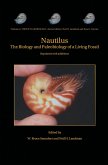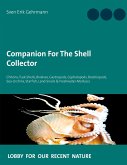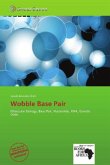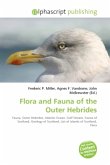Please note that the content of this book primarily consists of articles available from Wikipedia or other free sources online. "Nautilus" clarkanus is an extinct species of nautiloid. It lived during the Lower Carboniferous. Fossil specimens have been uncovered in the Spergen Hill Limestone formation of Indiana. In biology and ecology, extinction is the end of an organism or of a group of organisms (taxon), normally a species. The moment of extinction is generally considered to be the death of the last individual of the species, although the capacity to breed and recover may have been lost before this point. Because a species' potential range may be very large, determining this moment is difficult, and is usually done retrospectively. This difficulty leads to phenomena such as Lazarus taxa, where a species presumed extinct abruptly "re-appears" (typically in the fossil record) after a period of apparent absence.
Bitte wählen Sie Ihr Anliegen aus.
Rechnungen
Retourenschein anfordern
Bestellstatus
Storno








